Related Research Articles

Brigadier-General Sir Henry Montgomery LawrenceKCB was a British military officer, surveyor, administrator and statesman in British India. He is best known for leading a group of administrators in the Punjab affectionately known as Henry Lawrence's "Young Men", as the founder of the Lawrence Military Asylums and for his death at the Siege of Lucknow during the Indian Rebellion.
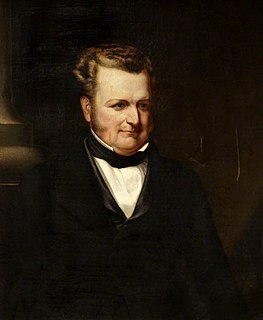
John Frederic Daniell FRS was an English chemist and physicist.
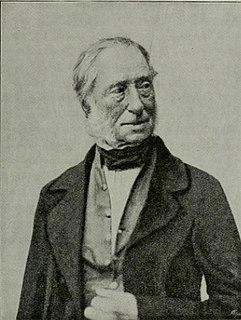
John Christian Schetky was a Scottish marine painter.
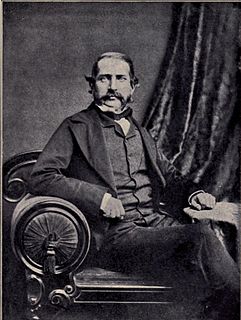
Richard Baird Smith was a British engineer officer in the East India Company, who played a prominent part as Chief Engineer in the Siege of Delhi of 1857.

Major-General Sir James Browne, known as "Buster Browne", was a British military engineer and administrator in British India.

Major-General Sir Frederick Abbott was a British Indian Army officer and engineer of the East India Company.

William Frederick Wells was a British watercolour landscape painter and etcher.

The East India Company Military Seminary was a British military academy at Addiscombe, Surrey, in what is now the London Borough of Croydon. It opened in 1809 and closed in 1861. Its purpose was to train young officers to serve in the East India Company’s private army in India.
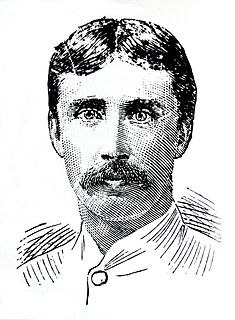
Charles Edwin Fripp was an English painter and illustrator, and special war artist.
Lieutenant general Sir Charles Edward Nairne was a British military officer who served in British India.

General Sir William Erskine Baker KCB was a senior British Indian Army officer, who became Military Secretary to the India Office.

John Laporte was an English landscape painter and etcher, who worked in and around London, England.

Sir Richmond Campbell Shakespear was an Indian-born British Indian Army officer. He helped to influence the Khan of Khiva to abolish the capture and selling of Russian slaves in Khiva. This likely forestalled the Russian conquest of the Khiva, although it ultimately did not prevent it.
Theodore Henry Adolphus Fielding was an English painter, engraver, and author.
Lieutenant Colonel Sir Henry Trotter, was a British Indian Army officer in the Royal Engineers, an author, and an explorer of Central Asia.

Colonel Sir John Underwood Bateman-Champain,, born Champain, was a British army officer and engineer in India, who was instrumental in laying the first electric telegraph line from Britain to India by way of the Persian Gulf. He assumed the additional name of Bateman on succeeding to the estate of Halton Park, Lancashire, in 1872.

Jonathan Cape FRS was a mathematician and Church of England clergyman.
General Sir Robert Louis HoustonKCB was a British military officer in the service of the East India Company.
Major William Henry Carmichael-Smyth was a British military officer in the service of the East India Company.
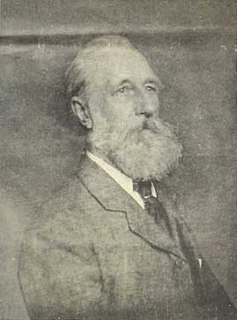
Samuel John Hodson was a British watercolour artist who mainly produced landscape paintings of European towns and buildings with figures. He was a member of the Royal Watercolour Society.
References
- 1 2 3 Cundall, H. M. (1908). A History of British Water Colour Painting. p. 192.
- 1 2 Vibart, Henry Meredith (1894). Addiscombe: its Heroes and Men of Note. Archibald Constable and Co. p. 212.